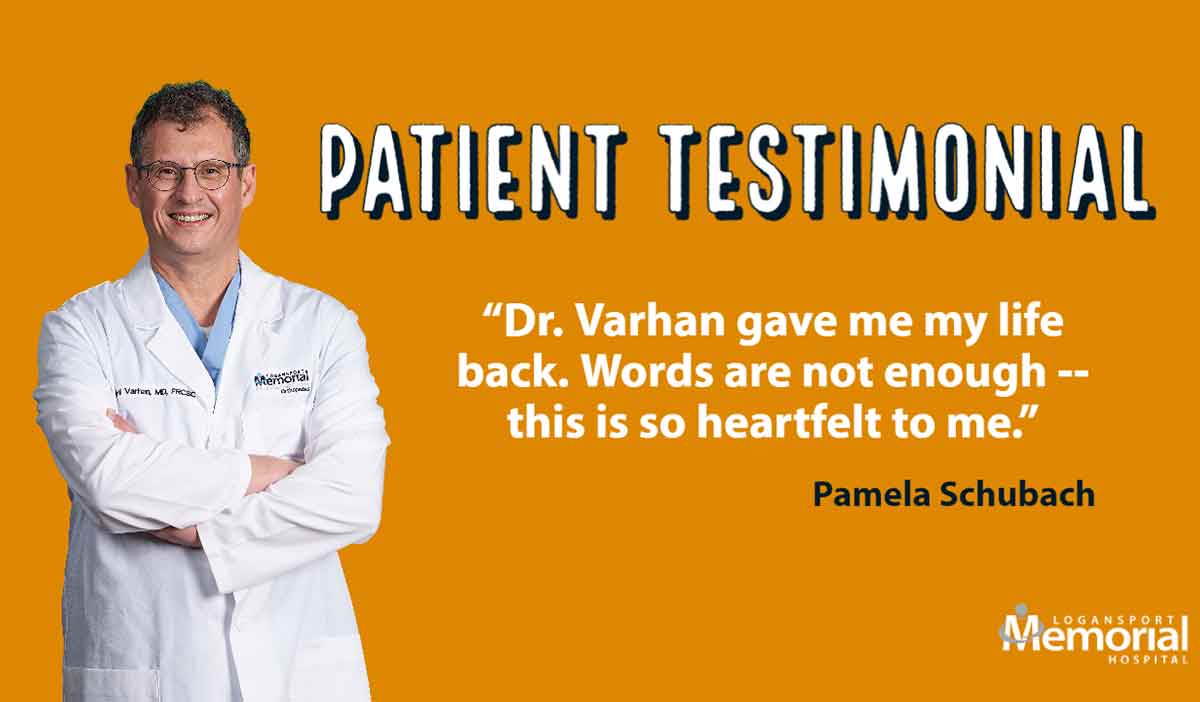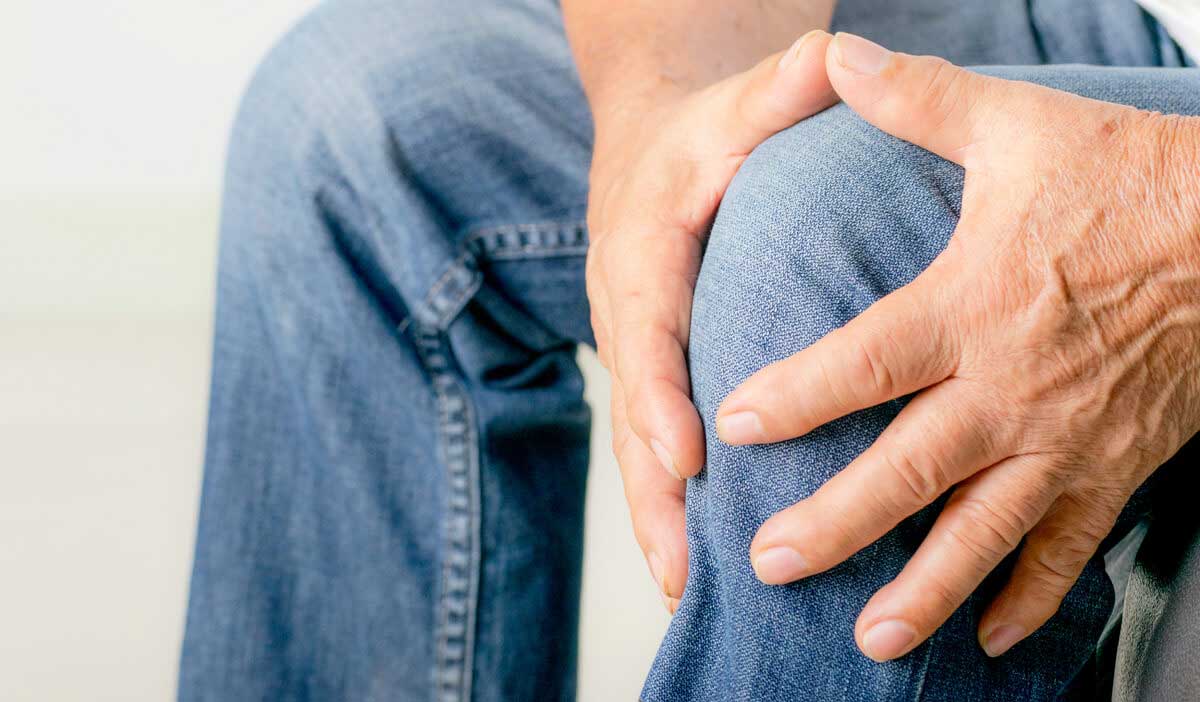Running is a great way to improve your cardiovascular fitness, but it can take a toll on your body, especially your knees, calves, and feet. Some of the most common running injuries that orthopedic doctors treat include:
- Achilles tendonitis
- ITB (iliotibial band syndrome)
- Plantar fasciitis
- Runner’s knee (patellofemoral pain syndrome)
- Shin splints (medial tibial stress syndrome)

Most runners experience occasional stints of short-term pain that go away on their own (usually caused if you forget to warm up, overtrain, or don’t wear the best footwear for running).
Things become more serious when running causes you to experience an acute, severe injury or a persistent pain condition due to overuse. In these situations, it’s important to see an experienced orthopedist for diagnosis and treatment as soon as possible.
Keep reading to learn more about common running injuries and how they are treated.
Treating injuries from running
Achilles tendonitis
Achilles tendonitis often feels like a persistent, mild ache in the back of your leg above your heel when walking and running. You may also notice swelling and that your skin there feels warmer than normal.
Some patients with Achilles tendonitis report their calf muscle feels tight and that they have a limited range of motion when flexing their foot.
An orthopedic doctor will exam your leg as part of the diagnosis process. They may also order imaging tests as part of their evaluation to determine what’s happening and which common running injury you have.
Treatments for Achilles tendonitis include:
- resting/reducing physical activity
- icing the affected area
- going to physical therapy
- performing stretches to strengthen your calf muscles
- wearing a brace
- taking anti-inflammatory medicine
In less typical and more serious cases, Achilles tendonitis is also sometimes treated with platelet-rich plasma injections and surgery.
ITB (iliotibial band syndrome)
ITB feels like an aching, burning on the outside of your knee. Some people notice the intense pain while they run or even when they go down staircases. In other cases, the condition can be mild and go away after warming up.
ITB is typically caused by overuse, so getting back to normal requires giving your body time to relax and recover from this common running injury.
Treatments for ITB (iliotibial band syndrome) include:
- resting/reducing physical activity
- icing the affected area
- going to physical therapy
- performing stretches to strengthen your hip muscles
- getting footwear with the proper fit
- massaging the outside of your knee
- taking anti-inflammatory medicine
Learn which exercises keep your joints healthy »
Plantar fasciitis
Plantar fasciitis feels like there is a bruise on the bottom of your heel or the arch of your foot. After you’ve been sitting or resting, your first few steps will be excruciating. You may also notice your pain is triggered after you’ve been standing for a long period.
The aching sensation caused by this common running injury usually goes away once you begin walking, but sometimes the stabbing pain from plantar fasciitis will return as you move around.
Other conditions that cause similar heel pain include broken heels and nerve entrapment. An orthopedic specialist can help you determine if the pain you are experiencing is from plantar fasciitis or another condition.
Treatments for plantar fasciitis include:
- resting/reducing physical activity
- icing the affected area
- performing stretches to strengthen your calf muscles
- getting footwear with the proper fit and using customized orthotics (such as arch supports and heel cups)
- massaging the arch of your foot
- taking anti-inflammatory medicine
Learn more about plantar fasciitis »
Runner’s knee (patellofemoral pain syndrome)
Runner’s knee feels like you have a dull aching sensation behind or around your kneecap. You may even hear popping and clicking noises as you move or notice swelling in the area.
When you have this common running injury, you might notice pain and stiffness after sitting for a prolonged period of time and have trouble when going up and down staircases.
Treatments for runner’s knee include:
- avoiding physical activities that cause pain
- icing the affected area
- going to physical therapy
- performing stretches to strengthen your calf muscles, hamstrings, hip flexors, and quadriceps
- getting footwear with the proper fit and using customized orthotics (such as arch supports and heel cups)
- taking anti-inflammatory medicine
Shin splints (medial tibial stress syndrome)
Shin splints feel like there’s a dull, vague pain in your lower legs, just above your ankles. Your shins may feel abnormally tender and sore to the touch. In some cases, the pain may go away if you stop exercising or moving.
When the pain is continuous, it might be a sign that this common running injury has progressed into a more serious (and more painful) stress fracture.
Orthopedic doctors at Logansport Memorial Hospital
Runners in north-central Indiana trust Logansport Memorial Hospital for a reason. Here, your health is our passion.
When you need an accurate diagnosis for what’s causing you pain, our award-winning team of orthopedic specialists, surgeons, physical therapists, and sports medicine providers can help you figure out what’s going on and prevent further pain from running.
Don’t live with ongoing aches and pains. Seeing an orthopedist for individualized, compassionate care experts who specialize in treating all of the common running injuries affecting bones, muscles, ligaments, and tendons.
You might also like:
- What to Do When You Get Hurt Working Out
- Four Tips for a Strong Recovery from Orthopedic Surgery
- Three Benefits of Joint Replacement Surgery
- Tips for Exercising When You Have Joint Pain




